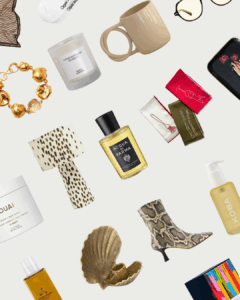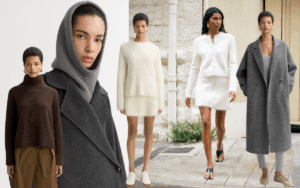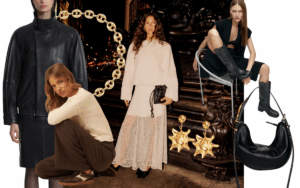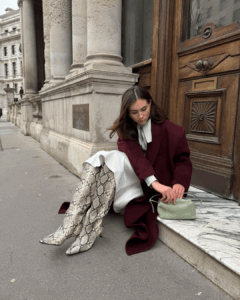Maebe We Don’t Need Another Fast Fashion Brand - Examining The Controversy Around Molly-Mae’s New Label
Alice Hartwell
I don’t think anyone was surprised when Molly-Mae announced she was launching her own fashion label back in September. For someone whose style has steadfastly been coveted within the online fashion space, this seemed to be a logical evolution, both in a business sense and creatively. When hints of what would become Maebe first dropped online, I dare to say I was optimistic. The brand seemed to be rooted in a commitment to high-quality, timeless wardrobe staples, seeking to place itself in a mid-luxury tier.
On the surface, this suggested a positive shift for Molly-Mae, changing direction from a career fuelled by fast fashion, specifically continuous collaborations with PLT post-Love Island, going on to become the brand’s Creative Director between 2021-2023. When pricing details were released, my hopefulness was bolstered. Surely, £90 jeans would promise quality, natural materials? A £140 blazer was sure to stand the test of time? I certainly didn’t expect eco-perfection, by any means, but what Maebe gave us at launch was everything an already overly-pollutive fashion industry just didn’t need.
Maebe started with a small capsule of minimalist basics, that while far from innovative, would, from a design standpoint, have a welcome place in many wardrobes, including my own. Aesthetically I align with the fashion dream Maebe is trying to sell—the issues start when you scratch below the surface. For myself, and many others looking to be more conscious with their shopping habits, a top being cute isn’t enough anymore.
Assessing everything that went into creating these premium-priced pieces was made somewhat tricky when Maebe debuted, due to the fact the brand didn’t initially include fabric compositions on their website. Not only is this misleading for shoppers, but it’s illegal. Under the 2012 Textile Products (Labelling and Fibre Composition) Regulations, disclosing garment material makeup is mandatory in the UK. This information was eventually added, but it’s important to note this was only after the collection had sold out, in 24 minutes. This “oversight” can’t help but feel like a tasteless sweeping under the rug, hoping shoppers will focus on panic-buying rather than thinking about what their money is going towards—the fast fashion manifesto.
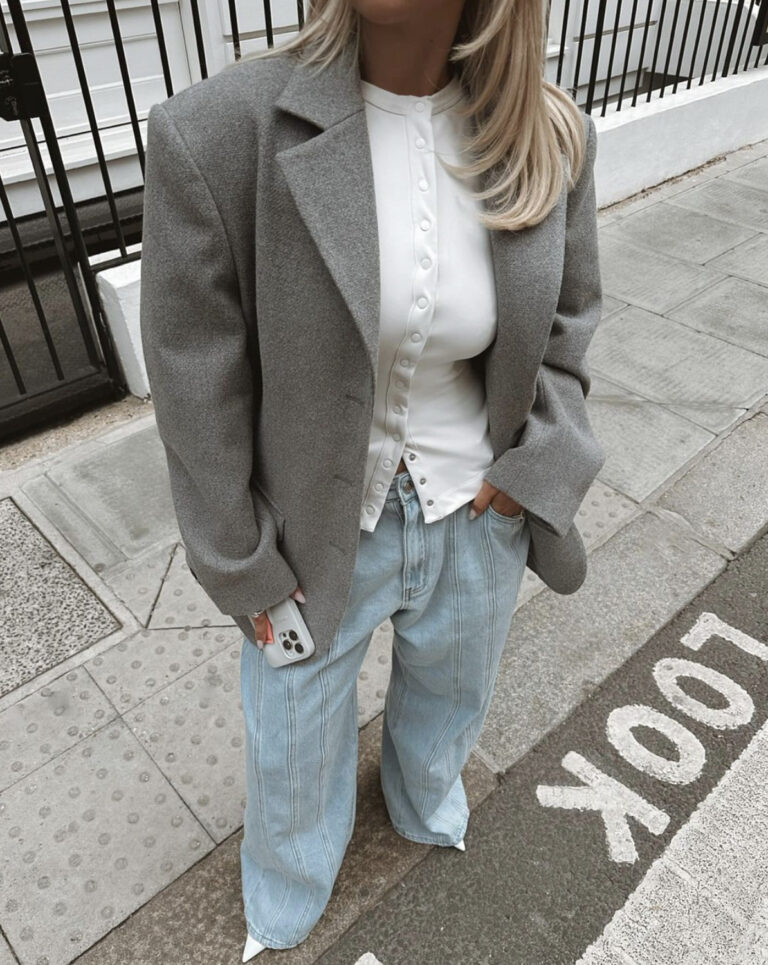
When Maebe eventually gave us the honour of seeing what their items were made from, remember that for many this was post-point of sale, we saw exactly why they probably weren’t keen to be shouting about it. While for the price points and promised “luxury” you would expect to see the likes of wool and organic cotton, the Ultimate Blazer, arguably the most popular piece from the capsule, is composed of 63% Polyester 19% Viscose 18% Acrylic. Translation—basically 100% plastic. This will take hundreds of years to decompose in landfill, which is inevitably where many of these garments will be heading once the Maebe hype dims after a few drops. A commitment to synthetic fabrics is uniform throughout the collection, without a prioritisation of responsible or even recycled materials. So what are you paying over the odds for? The Molly Mae name slapped on a glorified PLT design.
Following the initial launch, fans were swift to express their disappointment in Maebe’s debut, feeling they were being sold one brand and received another. Still, deliveries from the first roll-out were already being shipped, followed by a wave of TikTok Maebe try-ons and first thoughts of the pieces IRL. While initially, reviews sang praises for the standard of the garments, this was quickly criticised in the comments and overshadowed by quality issues that already seemed to be cropping up for many. Most notably, buyers were complaining that the Ultimate Blazer, which as a reminder would set you back £140, was already starting to bobble after a few wears.
@morgannandnoah So disappointing.. maebe can I get a refund ?? #fyp #mollymae ♬ original sound - Morgan
This user shared her experience after wearing the Maebe blazer for only 3 hours.
As I haven’t worn any of the Maebe pieces myself, my thoughts can only go so far in this regard. However, seeing the fabric makeup and a glimpse at the quality of the pieces in these hauls, (please don’t even get me started on those shoulder pads in the shirts) I certainly wouldn’t be rushing to try Maebe until some serious changes are made. Many loyal fans are staunchly defending Molly Mae, saying that any criticism of Maebe is founded in jealousy. As someone who genuinely wanted to like the brand, my complaints come from disappointment. I clarified that I never expected perfection, running a sustainable brand isn’t easy or cheap, but Molly Mae has far more money to throw into this brand than many start-ups—even an attempt to turn the tide on her history with fast fashion would have been welcomed.
There’s no underestimating the influence Molly Mae possesses, her 8.3 million IG followers are a testament to that, and it feels like she has missed the mark with this label to start reframing young consumer habits. Many would argue that there isn’t a place for a brand like Maebe, as it is today, in 2024. We don’t need more fast fashion, we certainly don’t need fast fashion dressed up as luxury in this economic climate—hopefully, Maebe will learn from its mistakes at launch and look to move forward with a more responsible mindset.


